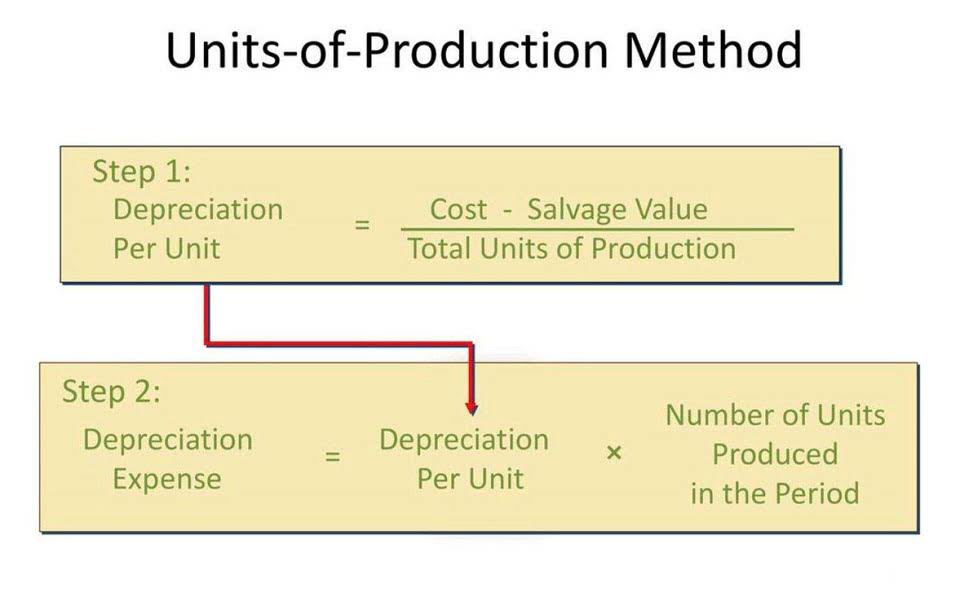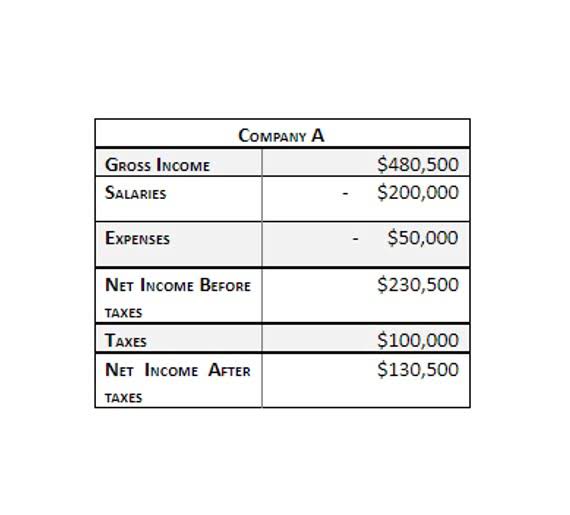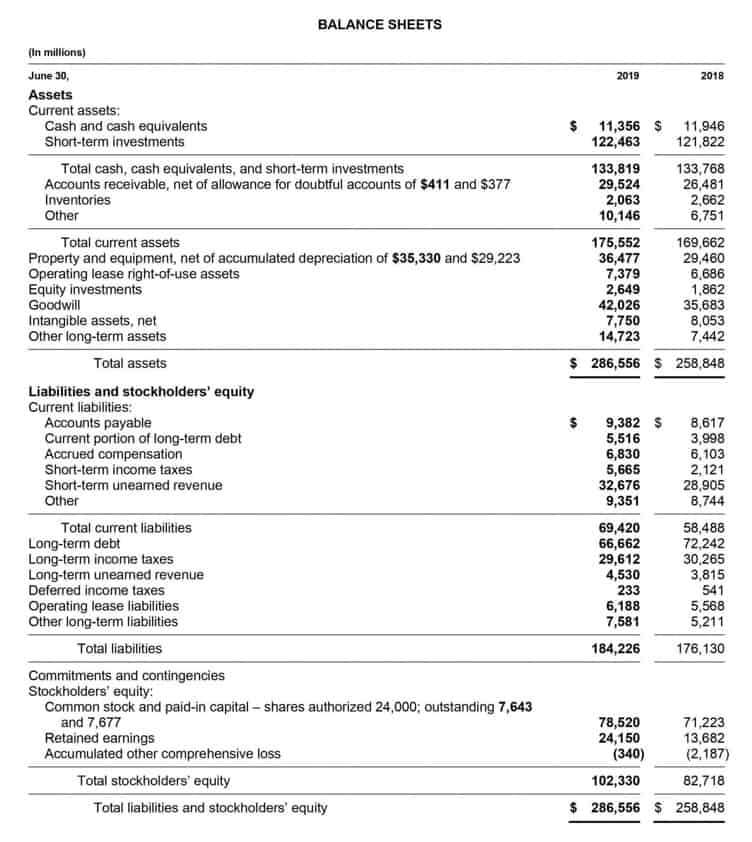FIFO Calculator Download the Free Excel Template
The weighted average method calculates COGS based on the average cost of units purchased over an accounting period, rather than matching costs with specific inventory units. With this method, companies add up the total cost of goods purchased or produced during a specified time. This amount is then divided by the number https://www.bookstime.com/articles/outstanding-checks of items the company purchased or produced during that same period. To determine the cost of goods sold, the company then multiplies the number of items sold during the period by the average cost per item. Companies frequently use the first in, first out (FIFO) method to determine the cost of goods sold or COGS.
Is FIFO a Better Inventory Method Than LIFO?
Now that we have ending inventory units, we need to place a value based on the FIFO rule. To do that, we need to see the cost of the most recent purchase (i.e., 3 January), which is $4 per unit. The inventory balance at the end of the second day is understandably reduced by four units. On 3 January, Bill purchased 30 toasters, which cost him $4 per unit and sold 3 more units. You should also know that Generally Accepted Accounting Principles (GAAP) allow businesses to use FIFO or LIFO methods. However, International Financial Reporting Standards (IFRS) permits firms to use FIFO, but not LIFO.
Comparative Analysis: FIFO vs. LIFO and Weighted Average
All of our content is based on objective analysis, and the opinions are our own. In terms of flow of cost, the principle that FIFO follows is clearly reflected in its name. CFI is the global institution behind the financial modeling and valuation analyst FMVA® Designation. CFI is on a mission to enable anyone to be a great financial analyst and have a great career path. In order to help you advance your career, CFI has compiled many resources to assist you along the path.
FIFO method and inventory valuation
With FIFO, it is assumed that the $5 per unit hats remaining were sold first, followed by the $6 per unit hats. The inventory methods used by the companies whose stock is publicly traded are under the Summary of Significant Accounting Policies Form 10-K. The Summary of Significant Accounting Policies appears as the first or second item in the Notes section of the financial statements. With the LIFO method, every item entering the inventory would have a higher price, leading to a higher COGS, resulting in a lower gross profit in the income statement. From a tax perspective, lower gross profit means lower tax expenses (check the examples above).
If COGS shows a higher value, profitability will be lower, and the company will have to pay lower taxes. Meanwhile, if you record a lower COGS, the company will report a higher profit margin and pay higher fifo equation taxes. The materials used in a job or process are charged at the price of their original purchase. With the help of above inventory card, we can easily compute the cost of goods sold and ending inventory.
First In, First Out (FIFO) Method Problem and Solution
Finally, weighted average cost provides a clearer position of the costs of goods sold, as it takes into account all of the inventory units available for sale. The FIFO (First In, First Out) method is an inventory costing method used in accounting to value the cost of goods sold and ending inventory. Under FIFO, the inventory items purchased first are recorded as sold first. In summary, the FIFO formula provides a straightforward way to calculate inventory costs and assign them to cost of goods sold and ending inventory balances. It matches sales against oldest costs first, providing financial reporting that aligns with physical inventory flow assumptions.
- Using FIFO, the COGS would be $1,100 ($5 per unit for the original 100 units, plus 50 additional units bought for $12) and ending inventory value would be $240 (20 units x $24).
- Let’s say that a new line comes out and XYZ Clothing buys 100 shirts from this new line to put into inventory in its new store.
- This can benefit businesses looking to decrease their taxable income at year end.
- Businesses using the LIFO method will record the most recent inventory costs first, which impacts taxes if the cost of goods in the current economic conditions are higher and sales are down.
- Michelle Payne has 15 years of experience as a Certified Public Accountant with a strong background in audit, tax, and consulting services.
- Goods available for sale totals 250 gloves, and the gloves are either sold (added to cost of goods sold) or remain in ending inventory.
- Since the seafood company would never leave older inventory in stock to spoil, FIFO accurately reflects the company’s process of using the oldest inventory first in selling their goods.
To calculate inventory under the FIFO method, sum the costs of all inventory units sold during the period, prioritizing the cost of the oldest items. The First-In, First-out accounting method is an inventory valuation method. FIFO is an inventory valuation method that stands for First In, First Out. As an accounting practice, it assumes that the first products a company purchases are the first ones it sells.
Understanding the inventory formula
Therefore, we can see that the balances for COGS and inventory depend on the inventory valuation method. For income tax purposes in Canada, companies are not permitted to use LIFO. As we will discuss below, the FIFO method creates several implications on a company’s financial statements. The First-in First-out (FIFO) method of inventory valuation is based on the assumption that the sale or usage of goods follows the same order in which they are bought. In other words, under the first-in, first-out method, the earliest purchased or produced goods are sold/removed and expensed first. Therefore, the most recent costs remain on the balance sheet, while the oldest costs are expensed first.
For example, Apple’s (AAPL) Form 10-K shows that this company uses the first-in, first-out method. We have a purchase record in July, so we must recalculate the average cost. On the other hand, during a period of high inflation, using this method results in a higher value for the ending inventory and a higher gross profit (compared to other methods).












